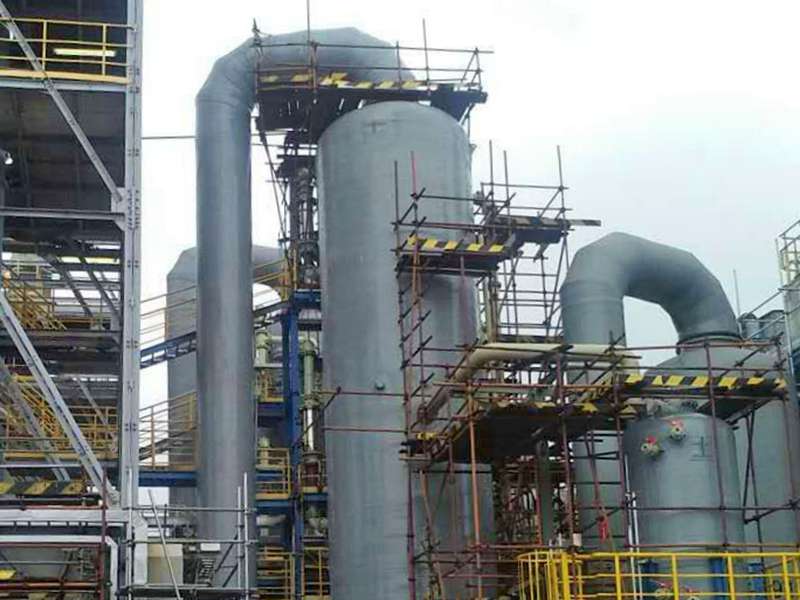
-
 Afrikaans
Afrikaans -
 Albanian
Albanian -
 Amharic
Amharic -
 Arabic
Arabic -
 Armenian
Armenian -
 Azerbaijani
Azerbaijani -
 Basque
Basque -
 Belarusian
Belarusian -
 Bengali
Bengali -
 Bosnian
Bosnian -
 Bulgarian
Bulgarian -
 Catalan
Catalan -
 Cebuano
Cebuano -
 China
China -
 China (Taiwan)
China (Taiwan) -
 Corsican
Corsican -
 Croatian
Croatian -
 Czech
Czech -
 Danish
Danish -
 Dutch
Dutch -
 English
English -
 Esperanto
Esperanto -
 Estonian
Estonian -
 Finnish
Finnish -
 French
French -
 Frisian
Frisian -
 Galician
Galician -
 Georgian
Georgian -
 German
German -
 Greek
Greek -
 Gujarati
Gujarati -
 Haitian Creole
Haitian Creole -
 hausa
hausa -
 hawaiian
hawaiian -
 Hebrew
Hebrew -
 Hindi
Hindi -
 Miao
Miao -
 Hungarian
Hungarian -
 Icelandic
Icelandic -
 igbo
igbo -
 Indonesian
Indonesian -
 irish
irish -
 Italian
Italian -
 Japanese
Japanese -
 Javanese
Javanese -
 Kannada
Kannada -
 kazakh
kazakh -
 Khmer
Khmer -
 Rwandese
Rwandese -
 Korean
Korean -
 Kurdish
Kurdish -
 Kyrgyz
Kyrgyz -
 Lao
Lao -
 Latin
Latin -
 Latvian
Latvian -
 Lithuanian
Lithuanian -
 Luxembourgish
Luxembourgish -
 Macedonian
Macedonian -
 Malgashi
Malgashi -
 Malay
Malay -
 Malayalam
Malayalam -
 Maltese
Maltese -
 Maori
Maori -
 Marathi
Marathi -
 Mongolian
Mongolian -
 Myanmar
Myanmar -
 Nepali
Nepali -
 Norwegian
Norwegian -
 Norwegian
Norwegian -
 Occitan
Occitan -
 Pashto
Pashto -
 Persian
Persian -
 Polish
Polish -
 Portuguese
Portuguese -
 Punjabi
Punjabi -
 Romanian
Romanian -
 Russian
Russian -
 Samoan
Samoan -
 Scottish Gaelic
Scottish Gaelic -
 Serbian
Serbian -
 Sesotho
Sesotho -
 Shona
Shona -
 Sindhi
Sindhi -
 Sinhala
Sinhala -
 Slovak
Slovak -
 Slovenian
Slovenian -
 Somali
Somali -
 Spanish
Spanish -
 Sundanese
Sundanese -
 Swahili
Swahili -
 Swedish
Swedish -
 Tagalog
Tagalog -
 Tajik
Tajik -
 Tamil
Tamil -
 Tatar
Tatar -
 Telugu
Telugu -
 Thai
Thai -
 Turkish
Turkish -
 Turkmen
Turkmen -
 Ukrainian
Ukrainian -
 Urdu
Urdu -
 Uighur
Uighur -
 Uzbek
Uzbek -
 Vietnamese
Vietnamese -
 Welsh
Welsh -
 Bantu
Bantu -
 Yiddish
Yiddish -
 Yoruba
Yoruba -
 Zulu
Zulu
frp stair tread
FRP Stair Treads A Comprehensive Overview
In the realm of construction and safety, the materials we choose for various applications are crucial to both durability and functionality. One such material that has gained substantial attention is Fiber Reinforced Polymer (FRP), particularly in the context of stair treads. FRP stair treads offer a remarkable blend of strength, resistance, and safety that makes them an ideal choice for a variety of settings.
What is FRP?
FRP, or Fiber Reinforced Polymer, is a composite material that combines a polymer matrix with reinforcing fibers. These fibers, often made from glass, carbon, or aramid, give the material exceptional tensile strength while keeping it lightweight. FRP is known for its excellent resistance to corrosion, chemicals, and environmental factors, making it especially advantageous in areas with harsh conditions.
Benefits of FRP Stair Treads
1. Safety Features One of the primary concerns when it comes to stair design is safety. FRP stair treads come with superior slip resistance, which is essential in both residential and commercial settings. Many FRP treads have textured surfaces that help prevent slips and falls, ensuring the safety of users even in wet or oily conditions.
2. Durability and Longevity Unlike traditional materials like wood or metal, FRP does not rot, rust, or corrode. This makes FRP stair treads particularly suitable for outdoor applications or in environments exposed to moisture. Their durability translates to a longer lifecycle, reducing the need for frequent replacements and repairs, which can ultimately save costs.
frp stair tread

3. Lightweight and Easy Installation The lightweight nature of FRP makes it easier to handle and install compared to heavier materials. This feature can significantly reduce labor costs and simplify the construction process, enabling quicker project turnaround times.
4. Aesthetic Flexibility FRP stair treads are available in various colors, styles, and finishes, allowing architects and designers to choose options that complement the overall design of a building. This aesthetic versatility ensures that safety does not come at the expense of visual appeal.
5. Environmental Considerations As sustainability becomes increasingly important in construction, FRP materials are often manufactured with eco-friendly practices in mind. Many FRP options are created from recycled materials, and their long lifespan contributes to reduced waste in landfills.
Applications of FRP Stair Treads
FRP stair treads are versatile and can be used in various settings, including
- Industrial Facilities In factories or warehouses where chemicals are often present, FRP treads provide the necessary resistance to harsh substances. - Commercial Buildings Offices, shopping malls, and public facilities benefit from the blend of safety and aesthetic appeal offered by FRP materials. - Transportation Areas Airports and train stations often utilize FRP stair treads for their slip resistance and durability under heavy foot traffic. - Outdoor Spaces Parks, pools, and beachfront properties find FRP treads advantageous due to their resilience against the elements.
In conclusion, FRP stair treads represent a forward-thinking solution for safety and durability in various environments. With their many benefits, they offer an attractive alternative to traditional materials, especially in demanding applications where performance and longevity are paramount. As the construction industry evolves, incorporating innovative materials like FRP will continue to enhance safety and efficiency in building designs.
Latest news
-
Exploring the Benefits of Top Hammer Drifter Rods for Enhanced Drilling PerformanceNewsJun.10,2025
-
High-Precision Fiberglass Winding Machine for GRP/FRP Pipe Production – Reliable & Efficient SolutionsNewsJun.10,2025
-
FRP Pipes & Fittings for Shipbuilding - Corrosion-Resistant & LightweightNewsJun.09,2025
-
Premium FRP Flooring Solutions Durable & Slip-ResistantNewsJun.09,2025
-
Premium Fiberglass Rectangular Tanks Durable & Lightweight SolutionNewsJun.09,2025
-
Tapered Drill String Design Guide Durable Performance & UsesNewsJun.09,2025









